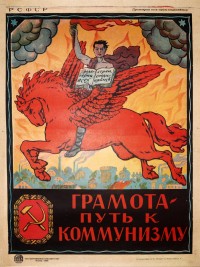1st State Typo-lithography Workshop, Moscow (formerly Sytin)
The 1st State Typo-lithography Workshop began as the Sharapov-Sytin Partnership in the era before the Russian Revolution. Ivan Dmitrievich Sytin (1851-1934) was the son of a peasant from the Kostroma region northeast of Moscow. In the 1860s, Sytin worked in Moscow as an apprentice and then as the manager for a printing shop owned by Peter Nikolaevich Sharapov. In 1879, Sytin opened his own printing shop in Moscow using a single press. By the start of the 20th century his shop (at Valovaia and Piatnitskaia streets) became the largest private printing company in tsarist Russia.
In late 1918, the Bolsheviks commandeered the Royal Print Yard and around May 1919, they nationalized Sytin's printing business. The Yard was transformed into Gosizdat (State Publishing House) while Sytin's operations became the 1st State Typo-lithography. By 1921, the lithography was named the 1st Exemplary Printing Workshop of Gosizdat (State Publishing House) owing to the fact that it was a contract printer for Gosizdat. In 1930, the 1st Exemplary Printing Workshop of Gosizdat was placed under Ogiz, the state publishing monopoly.
After World War II, the workshop was re-named in honor of Andrei Zhdanov (a deceased Soviet political leader) and was placed in the Glavpoligrafizdat (Main Administration for Matters of Polygraphic Industry Publishing and Book Selling) Trust. The trust was formed in 1949 to oversee printing, publishing and the retail book trade in the USSR.
Fuentes
Millar, J. R. (2004). Encyclopedia of Russian history. New York: Macmillan Reference.
Ruud, C. A. (1990). Russian entrepreneur: Publisher Ivan Sytin of Moscow, 1851-1934. Montreal: McGill-Queen's University Press.
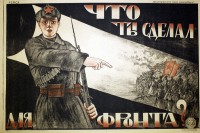
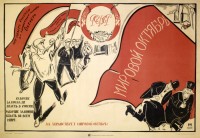
![PP 377: Soldado, estás derramando tu sangre por la Revolución de obreros y campesinos.
Los obreros y campesinos se despojan de lo que necesitan y te dan la ropa y el calzado [que pertenece a] sus últimas posesiones.
¡Sálvalos!](https://www.posterplakat.com/thumbs/the-collection/posters/pp-377/pp377-200x156.jpg)
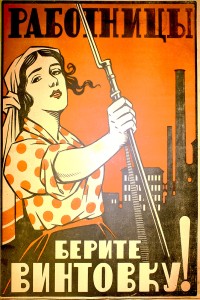
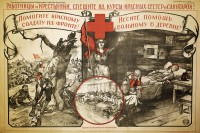
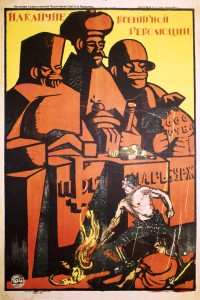

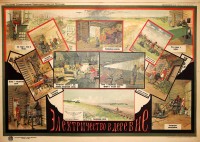
![PP 1171: Young proletarians to Enlightenment and Knowledge!
[Partial translation]](https://www.posterplakat.com/thumbs/the-collection/posters/pp-1171/pp-1171-catalog-image-200x258.jpg)
